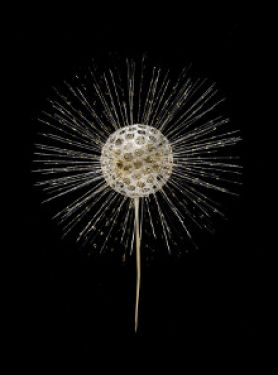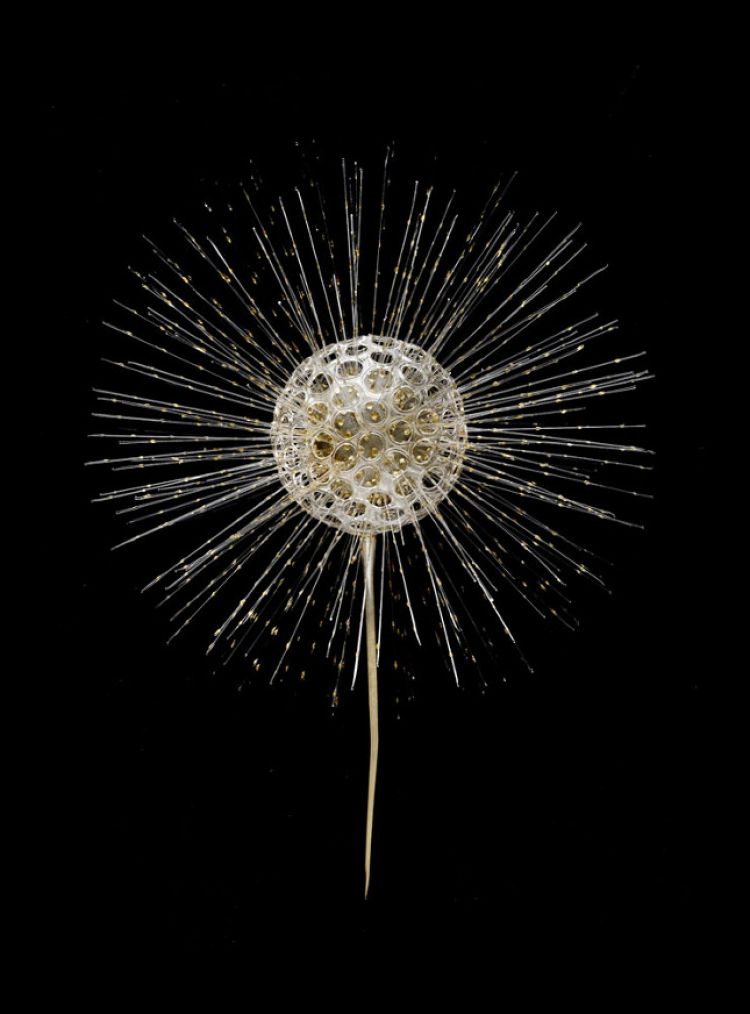Glass models by Leopold and Rudolf Blaschka

These little glasswork marvels are the work of Leopold Blashka and his son Rudolf. They are among the fifty-eight models or series of models acquired in 1890 by Alexander Goette, then director of the Museum. This collection includes a number of actual-size or enlarged invertebrates, but also anatomy models or models representing stages of embryonic development.
Initially, Léopold Blaschka produced novelty items in metal and glass. This nature enthusiast created his first glass flowers in 1857. Originally from Bohemia, he moved with his family to Dresden. He exhibited his flowers, sea anemones and corals at the Museum of Natural History. These creations aroused keen interest in museums, which were looking for an alternative way of exhibiting marine invertebrates. When preserved in alcohol, they end up losing their life-like appearance, their colours and shapes. The glass used by Leopold perfectly conveyed the translucency and transparency of these organisms. This was the start in 1876 of an adventure, a business and a passion shared with his son.
The Strasbourg Museum has the last animal models made by the Blaschka family, Rudolf subsequently devoting himself solely to making flower and fruit models for Harvard University in the United States. The secrets of his methods died out with him in 1939.
